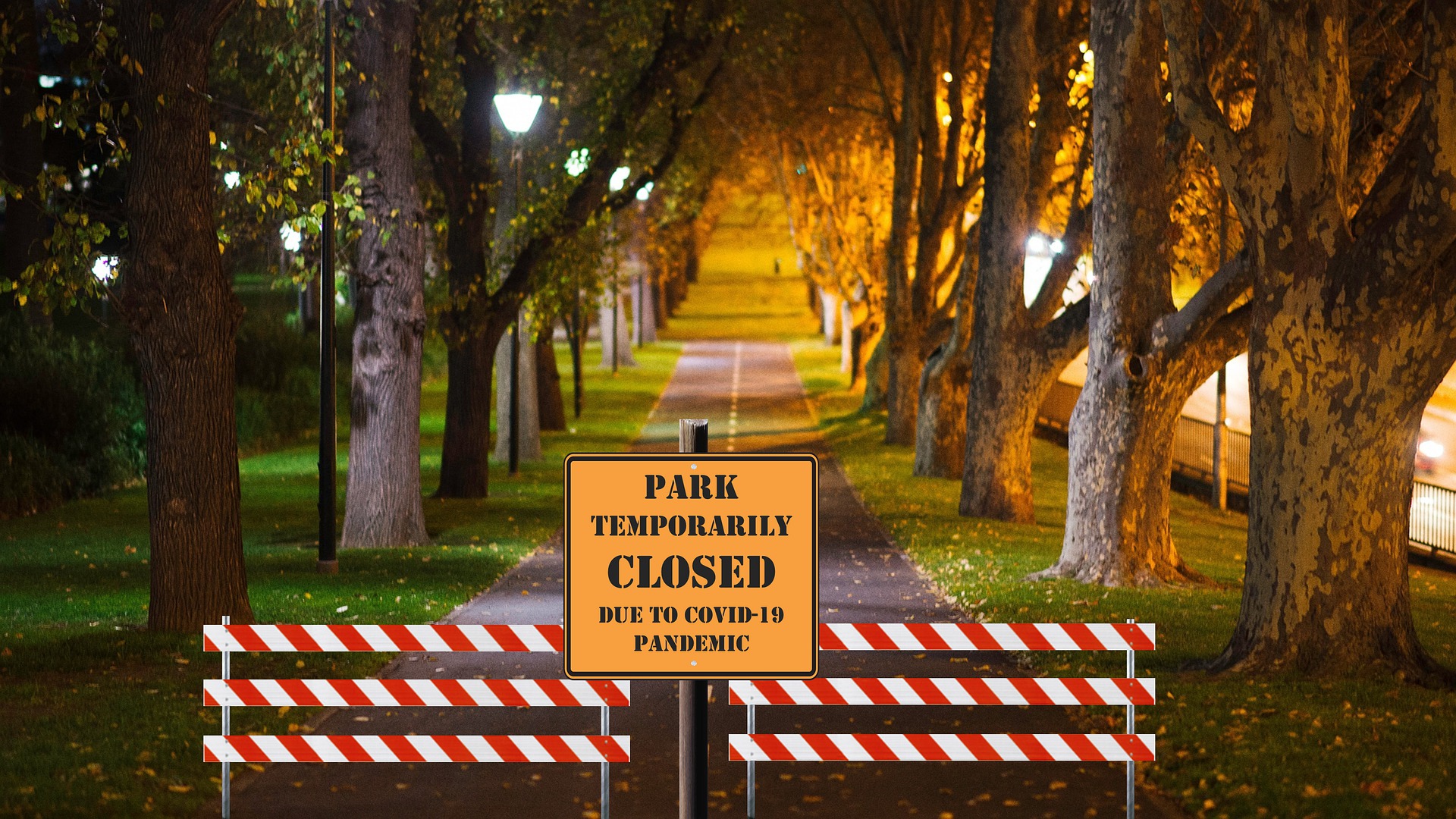The Global share of CO2 emissions in the first four months of 2020 was lower at 17% on average.
“The global pandemic of a new coronavirus infection has dramatically decreased the labor activity and social activity of the population, it’s been affecting all countries, slowing down their growth rates and production volumes, as well as reducing demand for raw materials and goods. It also reduces transport streams. These strong regulations caused a decrease in air pollutants and improved the short-term air quality,” the study notes.
In their article, the authors mention an assessment by analysts at British environment portal Carbonbrief that the economic crisis caused by an pandemic could lead to the largest reduction in emissions on record. Already now our debt as a percentage of GDP is 6 times higher than during the financial crisis in 2008, and 2.5x higher than during World War II.
There are various measures taken around the world in order to tackle this pandemic, which led to a drop in economic activity. For instance, in countries like the Organization for Economic Cooperation and Development (OECD) schools are now closed, people can’t work longer hours and we’re cancelling public events, The mobility of citizens and cargo was restricted, and a period of isolation began.
One of the containment procedures has a direct effect on the work of industry and transport which has led to a major decline in demand for raw materials and energy. The latest data from the International Energy Agency shows that energy demand fell in the first quarter of 2020 by 3.8% in comparison with the same period last year.
To help understand the impact the Spanish Flu had on their environment, European scientists compared them to see what differences they found. What they uncovered made them stop and take notice.
The first lockdown happened in the spring of 2020, then scientists detected a positive effect on the environment. Animals and humans have been noticing that forests, marshes, mountain areas and important resources for the population and for the preservation of valuable nature are beginning to recover.
During the recent autumn lockdown, air pollution levels in Europe remained high. The new practice of closing restaurants, cinemas, libraries, museums and transferring employees to “remote work” turned out to have not much of an effect on the environment as highlighted by the Financial Times newspaper, citing data from Copernicus pro.
It is suggested that people that live in metropolitan areas have been more likely to use personal cars to avoid contact with other people. The increase in traffic has led to an increase in nitrogen dioxide emissions. With many people relying on transport firms like FedEx and UPS to get their goods delivered, demand for vans and trucks grew.
Professor Corinne Le Quere has estimated that the positive effect of the second wave is at least 50% less than the first. She says that a clear example is Madrid, where levels of nitrogen dioxide in the air during a lockdown were 46% higher.
The severity of the second quarantine also has an effect. Authorities in many countries are no longer introducing massive restrictions, and offices continue to operate on a limited basis. Airlines have also resumed domestic and international flights for passengers who comply with the new restrictions.
The World Meteorological Organization has said that restrictions on the industry don’t have a tangible effect for ecologists. This is because their studies show that there’s some growth but it is inconsequential.
“The drop in emissions when the plant is on lockdown might just be a small deviation on a long timeline,” said WMO Secretary-General Petteri Taalas. “We need to achieve an absolute plateau.”
The author believes that a pandemic is not a solution to stop our planet’s environmental crises. Long-term policies are needed, and they won’t be easy. Emissions have been reduced the most during the lockdown so far.
The data collected by the European Environment Agency (EEA) show that pollution has significantly decreased over the ten-year period. They correlated this decrease to a number of factors, but one that stands out is COVID-19, which mandated fuel saving on cars in order to lessen air pollution.
Further, if the current quarantine regime continues throughout the year, emissions may exceed forecasts. As noted in the article, this may also be a result of global economies continuing to recover; for example, as shown in China on February 22nd and between December 2016 and January 2017. U.S. emissions fell by 15-20% to March 15 but are expected to return to their previous levels later in the year. It’s important not to get too bogged down in numbers and forget that the economy is slowly getting better. Even if emissions are reduced by 25% during the year, the remaining three-quarters of carbon dioxide and harmful impurities will not disappear anywhere.
Increased carbon emissions during the global lockdown are due to the fact that different sectors of the economy have reportedly halted production and/or activity. To understand how much, these figures need to be analyzed more in-depth.
It’s not an economic disaster we need but a modest reduction in air pollution.
Studies show that while the pandemic will temporarily cause some short-term warming, it’ll also lower the levels of CO2 emissions that have been lingering in the atmosphere for decades.
Pollution can cool the planet, so it’s actually logical that reducing pollution would lead to higher temperatures.
Nature is capable of self-healing, which means it’s not easy to change the climate on the planet. Our ocean is what gives us the main greenhouse effect, forests affect our climate too. The only danger we face is from human activity.
The air we breathe is where the only live. Understanding the importance of it for nature and its composition as well as how human activity affects air quality is something that every person should know.
There are some things that come as naturally to us as breathing; yet we might not notice their importance. One of these is the air we breathe. Our bodies are made up of billions of cells, and each one needs oxygen to survive. Every time you breathe in, you provide your blood with oxygen that is vital to other parts of the body. Every time you exhale, you remove toxic substances.


